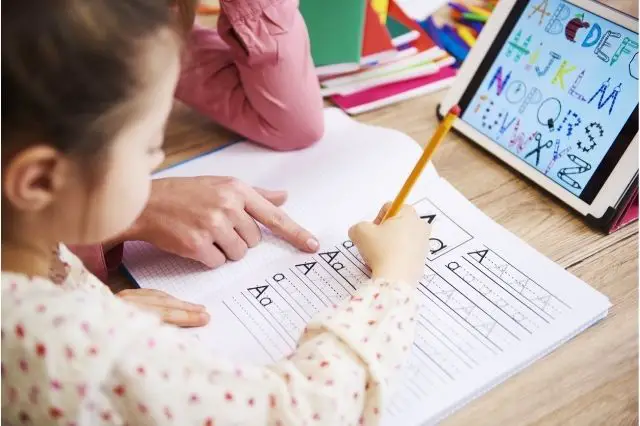Homeschooling or Traditional Schooling in 2022

Homeschooling is always referred to as junior students’ studying; however, high schoolers may have such an option too. The previous two years helped us experience how homeschooling is ongoing, what benefits and disadvantages are, and whether we can all succeed with such curricula. This brief review is dedicated to explaining the main perks of Homeschooling and Traditional Schooling, and whether they have great potential for youth education.
What Is Home Schooling, and Why Choose It?
Homeschooling is viewed as an old-fashioned and outmoded method of educating today’s youngsters by a sizable section of the American population. Homeschooling, in turn, has surprisingly grown in popularity in recent years. It has consistently climbed from 2% to 8% every year and is expected to continue to rise in 2022/2023. Furthermore, homeschooling has many appealing aspects that make it preferable to formal or else-called traditional schooling.
Let’s explain what it stands for.
Homeschooling is a progressive trend in the United States and across the world in which parents teach their youngsters at home rather than sending them to a typical public or private school. Families choose to homeschool for a number of reasons, including unhappiness with educational alternatives, differing religious or educational views, and the feeling that children are not advancing inside the standard school framework.
Some parents make one simple appeal to why they choose to homeschool. For instance, they say – “a professor in a classroom of 20 students will never be able to give my child the particular attention that they can, so I want to have the best studying experience for my child.” Yes, it can be true because children frequently learn better when they receive one-on-one attention. Besides, parents never need to employ a tutor to assist their kids in “catching up” with the curriculum if the customized education prevents them from falling behind in the first place.
Parents plan classes around their children and their interests. They may encourage kids to enjoy studying by connecting their education to their interests. There is no better method to execute a child-centered curriculum than via homeschooling, as opposed to regular schooling, which depends on a single instructor for all of the students in the class.
The great thing about homeschooling is that children only need to study for at least two hours for the elementary curriculum. For higher grades, they may need around four hours at home. Of course, that does not mean they stop learning once the second or fourth hour is up. As a parent, you can encourage them to do learning activities outside of books and easy worksheets. They can thus explore their interests and continue learning about those. There are a lot of homeschooling resources online to help you choose the one best suited for your child.
What Is Traditional Schooling, and Why Choose It?
When comparing homeschooling vs. traditional schools, it is clear which technique provides more educational resources. Parents can purchase textbooks and online programs for their children, but many of them are already available in schools. Libraries, computers, and access to other resources outside of the school are all available at schools.
The professors themselves are one of these resources. While parents teach their children on a daily basis, professionally teaching a kid is a specialized talent for which many instructors have a master’s degree. Your child’s instructors will be skilled at creating lesson plans and directing curricula.
Another thing is socialization which is partially absent with homeschooling. Yes, a student may somehow socialize with their friends outside of studying hours, however, there will never be such a thing as real face-to-face communication with students from school on site. Strange it may sound, a student won’t come across typical college or school conflicts or derive lessons or solutions from them. A traditional education allows students to dive into those conflicts and experiences, and be ready to deal with them in the future.
Which One to Choose?
Now, let’s understand the steps vital to choosing the right education plan for your student.
- Speak to your child or children. You should always listen to their wishes, and preferences rather than making your dreams come true only. A traditional school, as was said above, is all about socialization. So, by opting for homeschooling, you may put your student at risk of non-understanding of how to deal with one or another situation;
- Understand your free time. It sounds strange; however, there are busy parents who travel the world for personal reasons or business goals. If you believe you are not tied to one city for more than one month, it is better to choose homeschooling rather than leaving your kid alone while you pursue your wishes;
- Try both. Another tip is to try both. It is especially beneficial when a student plans to enter elementary school. Do one year of homeschooling, and one year of traditional schooling, and again refer to your child’s preferences and liking.
On some occasions, your child may also come across some issues with studying that may make them think – I hate traditional school. For such events, do not hurry up to switch to homeschooling. For example, if your child has some issues with chemistry homework, and they need assignment help from someone, refer to “do my chemistry homework” services. You will pay some money for the expert to do your assignment.
That’s it! Compare both taking into consideration your child’s wishes and you will help them succeed.





